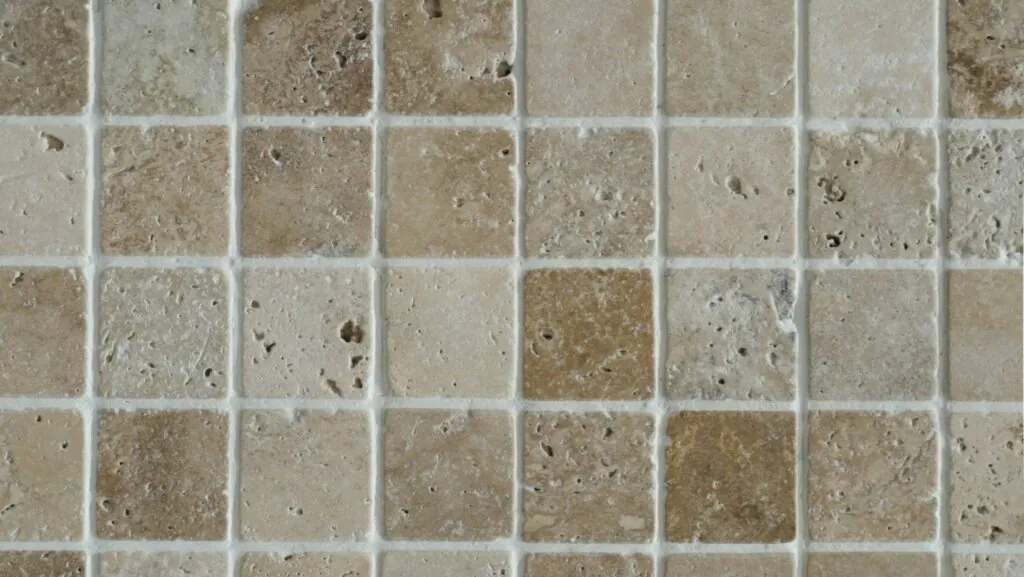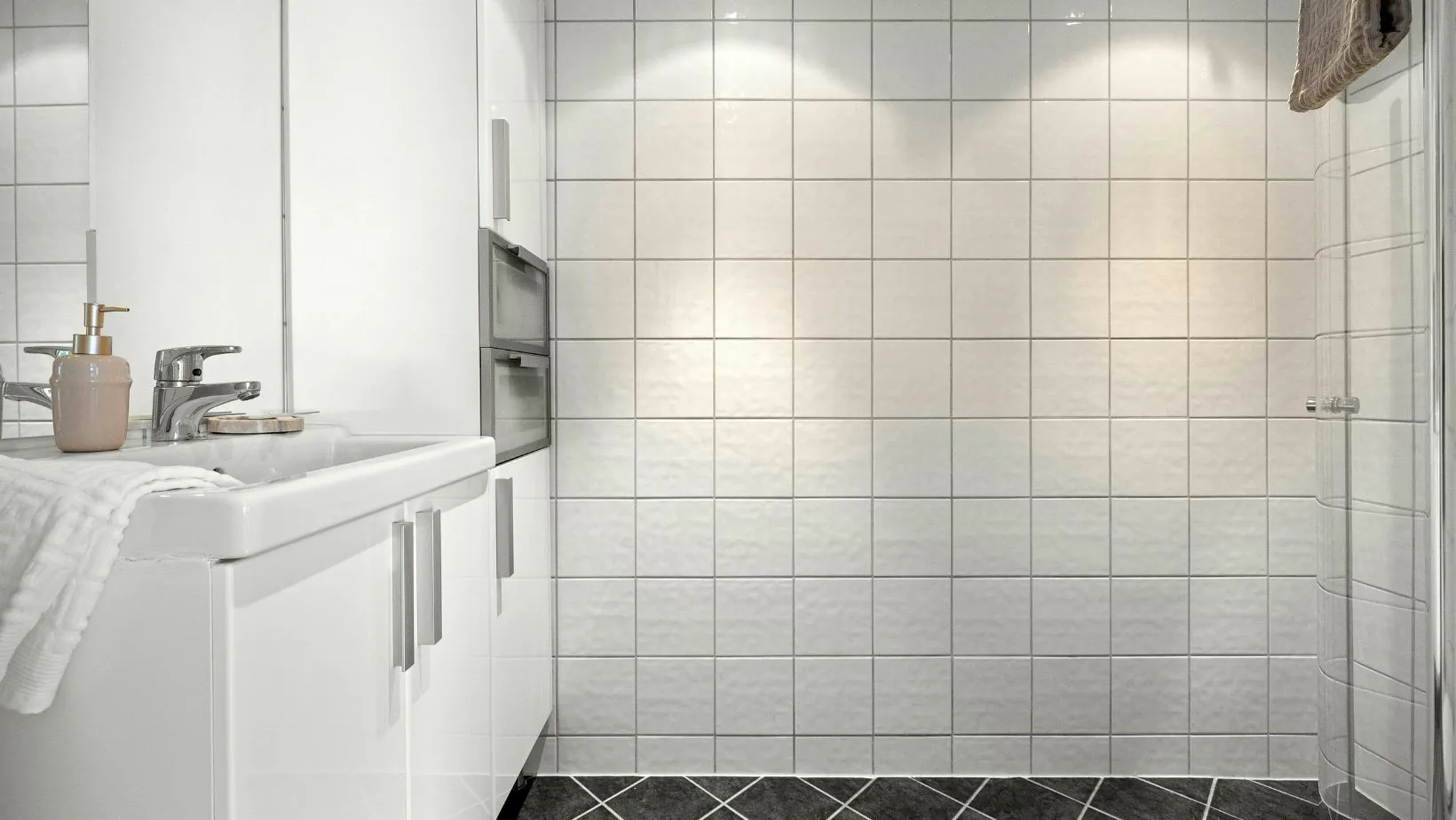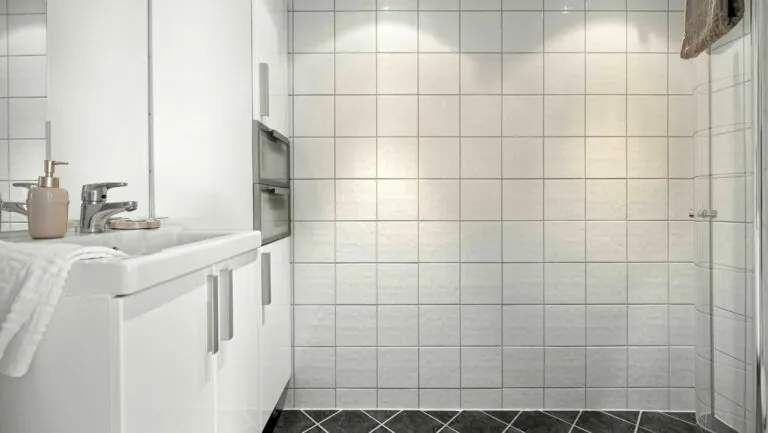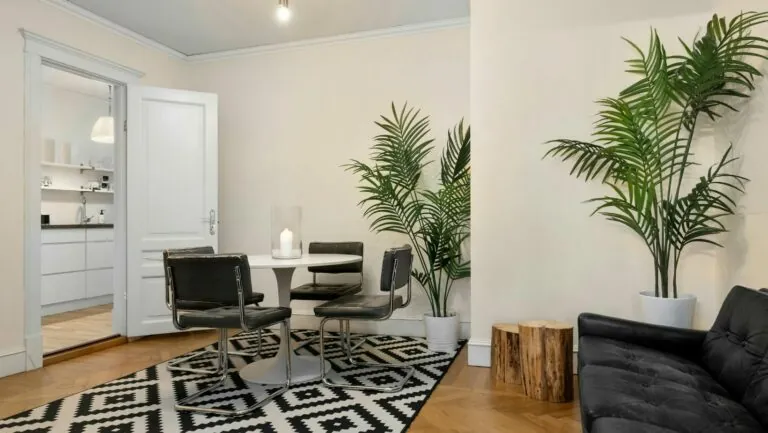Flooring is more than just a surface to walk on – it’s a fundamental design element that shapes how a space looks, feels, and functions. For architects, choosing the right material is about far more than aesthetics. It involves balancing durability, safety, sustainability, and long-term performance. Natural stone, in particular, is a material that consistently captures attention for its versatility and timeless appeal. When it comes to specifying options like limestone tiles, architects carefully weigh up a range of factors to ensure the flooring aligns with the overall vision of a project.
Table of Contents
ToggleA Balance of Aesthetics and Function
The visual impact of flooring can’t be overstated. Stone flooring instantly brings texture and depth to interiors while also serving as a neutral base for furnishings and architectural features. Architects look for stones that complement the style of the building, whether that’s a sleek, modern home or a heritage restoration.
However, beauty is only half the equation. Practicality matters just as much. The best designs marry form with function, and stone offers that dual benefit. It’s durable, easy to maintain, and ages gracefully, making it a reliable choice for long-term projects.
Durability and Performance
One of the main considerations for architects is how flooring will perform under daily use. In high-traffic spaces such as lobbies, kitchens, or commercial areas, durability is non-negotiable. Denser stones and finishes that resist wear are typically preferred. Architects also think about how the material will age over time, aiming to select options that develop character rather than showing damage.
Slip resistance is another factor, particularly in outdoor areas, bathrooms, and spaces exposed to water. Textured or honed finishes are often chosen to provide safety without compromising appearance.
Suitability for Different Environments
Not every type of stone is suited to every setting. Architects evaluate climate, exposure, and usage before making recommendations. For example:
- Outdoor patios and pool surrounds often require textured finishes for grip and lighter colours to reduce heat absorption.
- Bathrooms and kitchens benefit from stones that are sealed against moisture and staining.
- Living areas and hallways can accommodate smoother finishes that emphasise elegance.
By tailoring the choice of stone to each environment, architects create cohesive designs that perform well in real-world conditions.
Sustainability and Ethical Sourcing
Sustainability has become a central concern in modern architecture. Many architects now prioritise materials that are responsibly sourced and have a long lifecycle. Natural stone is valued for its longevity – unlike synthetic alternatives that may need replacing after a decade, stone can last for generations.

Additionally, more clients are asking about ethical supply chains. Transparency about quarrying and processing practices adds another layer of trust and aligns projects with broader sustainability goals.
Versatility in Design
Architects appreciate materials that offer flexibility. Stone comes in a wide range of colours, textures, and finishes, making it suitable for projects that span classic to contemporary styles. Large-format tiles can make small spaces feel expansive, while tumbled or distressed finishes can bring warmth to minimalist designs.
This versatility allows architects to use the same material across multiple areas, adjusting the finish to suit the needs of each space. The result is continuity without monotony – a hallmark of thoughtful design.
Long-Term Value
Another factor at the forefront of architectural decision-making is how flooring contributes to property value. Stone flooring is often seen as a premium feature, and its presence can increase both the appeal and resale value of a home or commercial property. By recommending stone, architects aren’t just solving immediate design challenges; they’re also adding lasting value.
The Architect’s Perspective
Ultimately, architects view stone flooring as a partnership between beauty and practicality. They seek materials that bring visual harmony, withstand daily demands, and reflect sustainable practices. When stone meets these criteria, it becomes more than just a flooring choice – it becomes an integral part of the design story.
By understanding what architects prioritise, homeowners and designers can make more informed decisions. Whether the goal is timeless elegance, everyday durability, or sustainable living, stone flooring offers solutions that stand the test of time.





